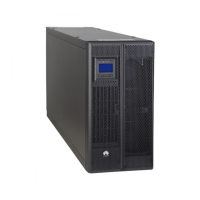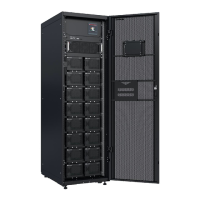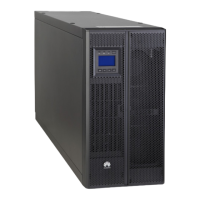How to fix Huawei UPS5000-E UPS rectifier if it is not normal?
- LLisa SalinasSep 9, 2025
If the rectifier is not normal, it may be because the mains voltage exceeds the upper threshold of 280 V or is less than the lower threshold of 80 V. Check whether the mains voltage exceeds the threshold. If it does, contact the electric power company.







